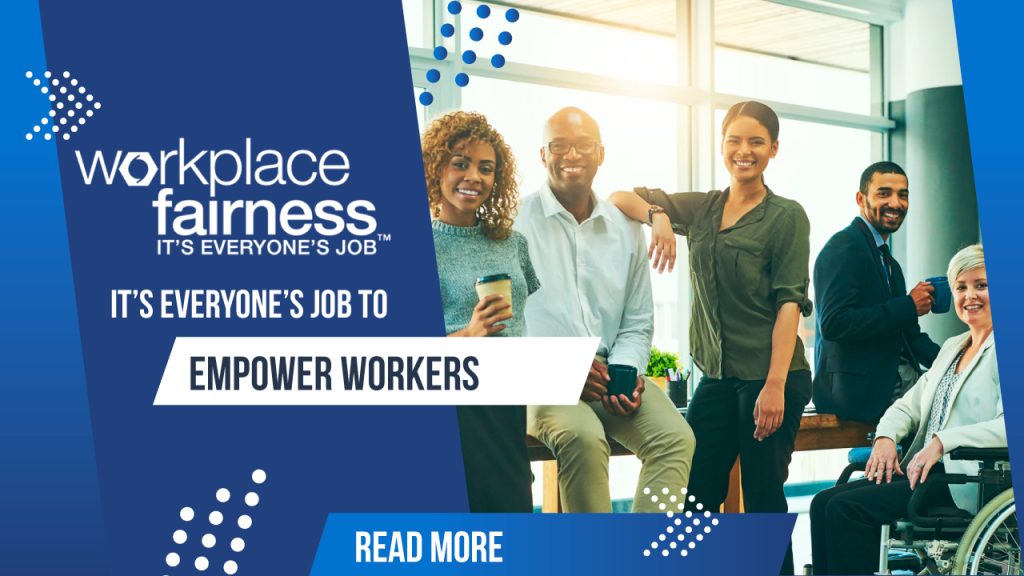 At some point in their lives, almost all parents think about making a will to ensure that their assets are passed on to the next generation. But material gains, of course, are the least of what we give our children. Far more important are the values we teach them.
At some point in their lives, almost all parents think about making a will to ensure that their assets are passed on to the next generation. But material gains, of course, are the least of what we give our children. Far more important are the values we teach them.
This Labor Day, I propose we think less about the material gains that working Americans have secured for their families over the past century. Instead, we should consider the values that organized labor embodies that we might hope to pass along to our children.
What I inherited from my grandparents — and what I want to see the labor movement impart to the next generation — is a legacy of inclusion.
In the early 1900s, my grandparents came to this country as Jewish immigrants fleeing pogroms and oppression in Eastern Europe. Although they worked low-paying jobs in the textile and apparel sectors, they were deeply motivated by a vision of building a better society.
Part of their motivation was secular, and part came out of their faith. Their vision of creating a better America involved a politics of mutual aid and mutual support. Working with this in mind, they helped to establish some of the foundational institutions of our democracy. Their generation built hospitals and synagogues. They built public schools. And they built trade unions.
When I was a child, my grandfather brought me from meeting to meeting, where we would hear people talk and argue. They would discuss pooling their resources to take care of someone who was sick, or to bury the dead, or to help a family whose breadwinner had been suddenly thrown out of work. Those informal networks of support, which existed for generations, were the precursors to modern trade unions. In more recent decades, unions have been the means for employees to come together, work in their collective interest, and help provide one another with a measure of economic security.
The result has been profound. Because my grandparents’ generation built unions of textile and apparel workers — as well as unions in other industrial sectors of the economy — their children were able to go to college. Many in the next generation became educators and public servants, and they built organizations of their own. Today’s teachers unions and public sector unions stand in this same tradition of being a bulwark of middle class life in America.
On this Labor Day, we can witness a new wave of immigrants coming to this country with a vision of building a better life. They may come from different countries, their complexions may be different, and they may be more likely to work as janitors or housekeepers than as factory workers. But their hopes and aspirations are the same.
The question for us as a society is: Will we leave a legacy behind of inclusion and preserve our country as the place that the world looks to as a haven of opportunity? Or will we take America down a very alien path, close our doors, and become a nation laden with fear-mongering, scapegoating, and exclusion?
This is an especially important question for Labor Day, because organized labor has been the central institution in our country that has allowed previous generations of immigrants — people like my grandparents — to enter into the economic mainstream of their communities. Today, as we work to create pathways that will allow newly arrived immigrants to weave themselves into the civic fabric of American society, a large part of our efforts must be to create a revitalized labor movement, one eager to welcome them into its ranks.
We need look no further than labor’s past to give us direction toward a more inclusive future.
About This Author: Amy B. Dean served as President of the South Bay AFL-CIO in Silicon Valley from 1992-2003 and chaired AFL-CIO President John Sweeney’s committee on the future direction of labor strategy at the regional level. She is co-author, with David B. Reynolds, of A New New Deal: How Regional Activism Will Reshape the American Labor Movement.




